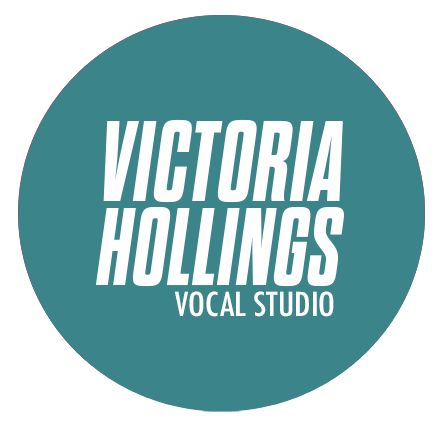Resources I love: Writing Better Lyrics by Pat Pattison
In this blog series, I’m going to share resources I love using in my studio and in my own music making. In each post, I will introduce you to a new resource, explain why it’s helpful, give some insight in the content, and share any thoughts I have about it.
When you’re used to hearing the final result (the recorded, produced track), it can be difficult to envisage the process of a song from start to finish. How do you finish a song that you’re happy with?
Sensory writing and word association are two tools I use and recommend to other songwriters. Both of these tools allow for playfulness and discovery, without giving you so much freedom that you don’t know where to begin.
Pat Pattison’s book ‘Writing Better Lyrics’ has been the go-to guide for lyric writing for over two decades, and is a fantastic songwriting resource. His book covers generating ideas, song form, editing lyrics and working with co-writers, amongst other things. It’s a great tool for getting started, and for finishing songs.
The language used is simple, so it’s suitable for beginners and experienced songwriters. I highly recommend purchasing this book and reading the whole thing.
Here are a couple of tasks you can try to get started, inspired by Pattison’s book:
Sensory writing
Sensory writing is something I use and recommend to my students. Sensory writing is where you tune into each of the five senses, sight, smell, taste, touch and sound, to write about what you experience, which brings the listener into the world of your song.
For example:
A street at night
I see street lamps, the moon, the stars, empty pavements, shadows, silhouettes behind curtains, concrete.
I smell wet concrete, exhaust from a car, the smell of dinner cooking.
I taste cold air, fumes from the car.
I hear traffic in the distance, a dog barking, my own footsteps on the wet ground.
Using sensory input that your listener can imagine helps to bring them into the world from which you are telling your story, which helps illicit an emotional response and connection to the song.
If you’re new to this type of writing and finding it tricky, set a timer for 5 minutes and write until the timer beeps. Start small!
Free word association
Another great tool to use is word association. Once the sensory writing is done, select a word from the exercise and make a list of words similar or associated with that particular word. Then use the new word to inspire the next word, and so on.
For example:
Empty
Open
Door
Passage
Time
Clock
Ticking
Bomb
Explode
Overwhelm
Chaotic
Swarm
Crowd
Alone
Drag
Now we have many new and interesting words that aren’t directly related to the word empty. This helps to keep things from becoming predictable.
Build your lyrics
Now you’re armed with sensory ideas and freely associated words, try using them to build your lyrics. Try a few different combinations to spark new ideas.
For example:
Shadows crowd these empty streets
Behind closed curtains
Swarm silhouettes
And I’m dragging concrete feet
Now there is a base to build a melody around. You might use fewer of the associated words, but I’ve packed this verse to show you some of the possibilities. As you build your song, words will change, but it helps to have something from which to build the rest of your song.
Trust the process
Don’t try to cheat the process and pre-write the lyrics in your head. Let your brain wander. If you need to, close your eyes and imagine that you’re there.
These tasks are designed to help you create original, unexpected and interesting lyrics. If you try to edit yourself while you do these tasks, you’ll find them difficult to complete.
Try out both the exercises in your next songwriting session and let me know if they helped. Need more help with singing or songwriting? Get in touch with me.




